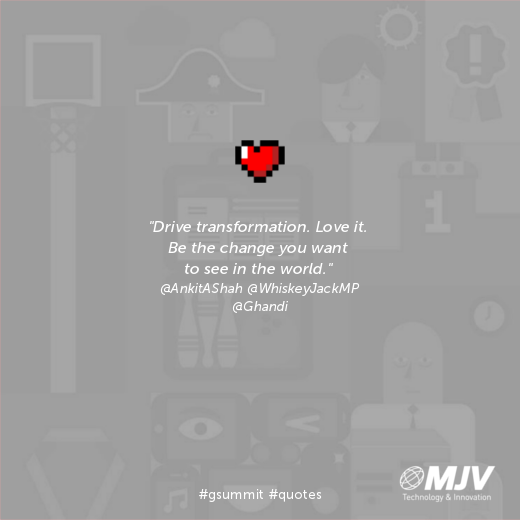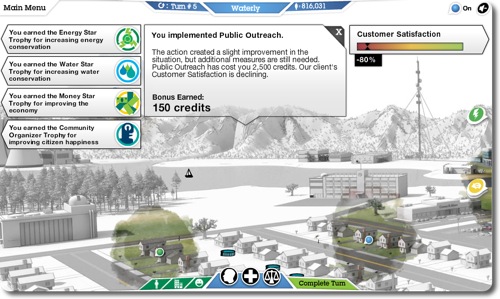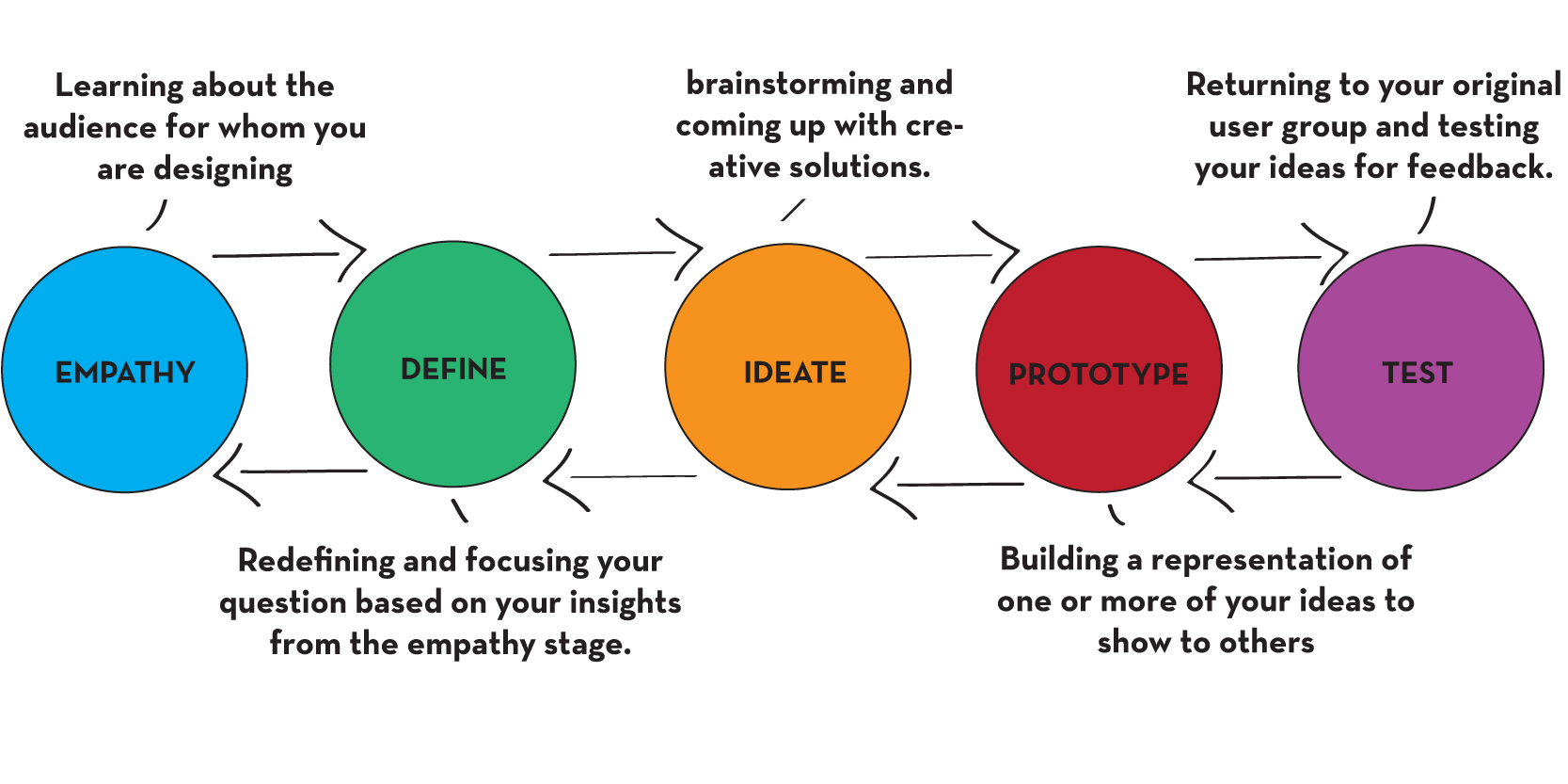You thought GSummit ended with Neil Degrasse Tyson? Think again! There was still some pretty awesome things missing!
First of all, I forgot to mention in my previous post a really cool session by Jake Orlowitz about how wikipedia counteracted their contributor turnover by introducing gamification. They created an onboarding experience that got new contributors up to speed in an hour, with lots of gamified elements and rapid feedback. It was an interesting case study mostly because of their user basis, but also the design techniques they used in their approach.
Another thing I forgot to mention was how Andrea Kuszewski joined #TeamPregame for a pint after the VIP Party and how we got to talk again about gamification in education and the importance of behavioral data. That and an interesting fact: I'd noticed that San Francisco's homeless population (besides being really large) was quite nuts. Yup, everytime I passed a homeless person he was normally spouting some nonsense or looking at me with some really crazy eyes stuff going on.
Now, to contextualize, I work with the homeless in my hometown of Lisbon, Portugal, and they do tend to be a bit off - it either comes with their life situation or is the cause for it. But in SF, this reached a whole new height.
When I commented on that, Andrea mentioned that some years ago, there was quite a ruckus when it was discovered that medical and psychiatric institutions had been giving bus money to their homeless patients and sending them to San Francisco... why? Because they'd supposedly have better healthcare in the state of California and apparently the SF population is regarded as extremely tolerant, and therefore they'd get to live in the streets without too much hassle. Needless to say that was kind of shocking. Specially after reading about it.
Anyhoo, yet another thing I forgot to share was the recap of Livecube's final stats. So here it is.
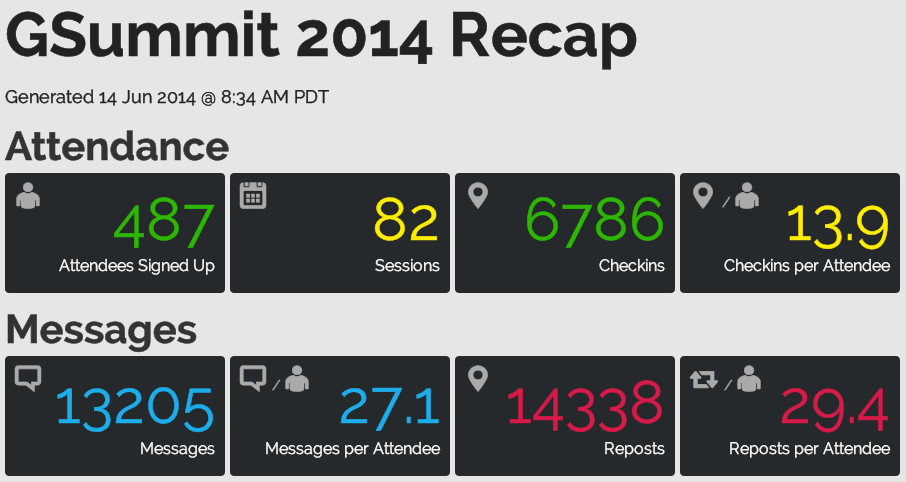
"Creating Emotional Engagement Through Game Design" was the title of Jeb Havens', Product Manager and Senior Game Designer at Google/Youtube, lab. The goal was to learn some game design techniques and get some hand-on experience at designing (or redesigning) a game.
The chosen one was BridgeXtreme, a board game I haven't been able to find online but mainly consisted of having some meeples stranded on a river and getting the hero to save them while the river was both trying to drown them and collapsing the bridge that connected them to safety.
The game in its standard form was pretty fun, but the idea was to use some of the game design techniques Jeb introduced in order to come up with some changes that made the experience more personal for us, namely the MDA framework: Mechanics, Dynamics and Aesthetics.
So we gave the hero some hit points and gave the river the ability to choose between drowning more victims or hitting the hero with some rocks. Our next round of playing had us more worried with the hero instead of the other meeples, which was fun to notice.
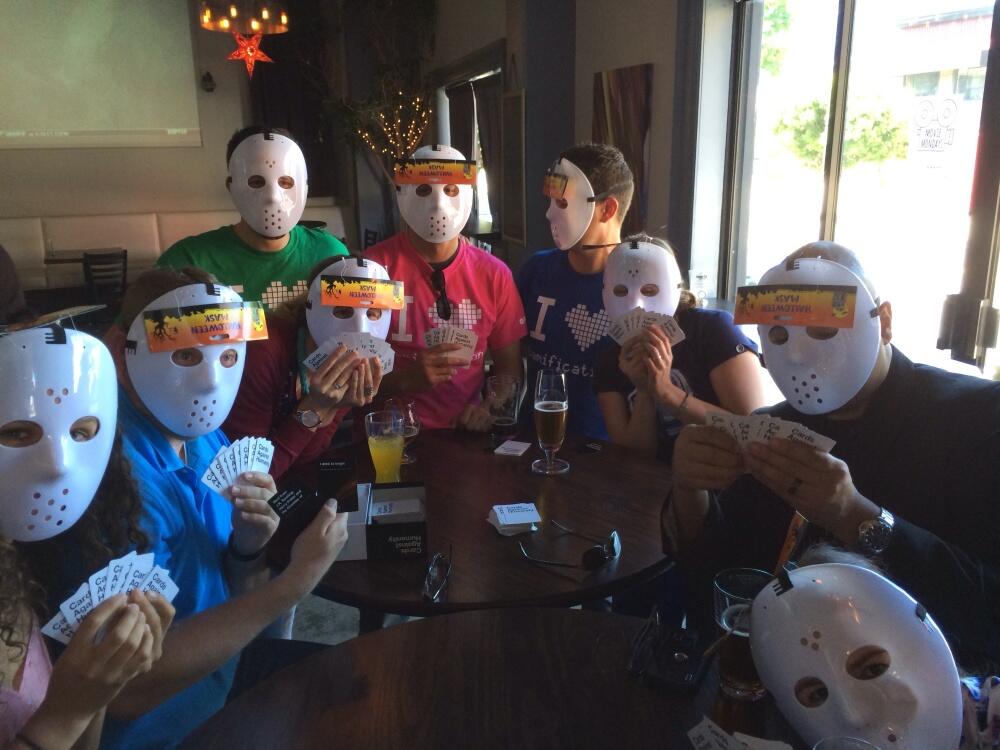

Read More...
First of all, I forgot to mention in my previous post a really cool session by Jake Orlowitz about how wikipedia counteracted their contributor turnover by introducing gamification. They created an onboarding experience that got new contributors up to speed in an hour, with lots of gamified elements and rapid feedback. It was an interesting case study mostly because of their user basis, but also the design techniques they used in their approach.
Another thing I forgot to mention was how Andrea Kuszewski joined #TeamPregame for a pint after the VIP Party and how we got to talk again about gamification in education and the importance of behavioral data. That and an interesting fact: I'd noticed that San Francisco's homeless population (besides being really large) was quite nuts. Yup, everytime I passed a homeless person he was normally spouting some nonsense or looking at me with some really crazy eyes stuff going on.
Now, to contextualize, I work with the homeless in my hometown of Lisbon, Portugal, and they do tend to be a bit off - it either comes with their life situation or is the cause for it. But in SF, this reached a whole new height.
When I commented on that, Andrea mentioned that some years ago, there was quite a ruckus when it was discovered that medical and psychiatric institutions had been giving bus money to their homeless patients and sending them to San Francisco... why? Because they'd supposedly have better healthcare in the state of California and apparently the SF population is regarded as extremely tolerant, and therefore they'd get to live in the streets without too much hassle. Needless to say that was kind of shocking. Specially after reading about it.
Anyhoo, yet another thing I forgot to share was the recap of Livecube's final stats. So here it is.

Not so bad huh? That "Messages per Attendee" average is the one stat that I think is mostly incorrect because I'd say that more than 50% of messages were posted by us folks at #TeamPregame. Even still, it shows how useful it is having an online component to your conference.
So, back to day 4, it was going to be mostly two hands-on lab in the morning and that's it. It ended up being more than that, but let's get on with it.
 |
| that's most of #TeamPregame there! |
The chosen one was BridgeXtreme, a board game I haven't been able to find online but mainly consisted of having some meeples stranded on a river and getting the hero to save them while the river was both trying to drown them and collapsing the bridge that connected them to safety.
 |
| hero on the left, victims in the middle, bridge on the left |
So we gave the hero some hit points and gave the river the ability to choose between drowning more victims or hitting the hero with some rocks. Our next round of playing had us more worried with the hero instead of the other meeples, which was fun to notice.
After this came one of the sessions I was most anticipating: a hands-on lab on Yu-kai Chou's Octalysis Framework. Sounded awesome.
It ended not being that awesome at all. First of all because there was nothing "hands-on" about it. It was an hour and a half long Yu-kai-rush (Zergs would have been great!) that consisted of him trying to shove a great deal of information on his framework into that time box when it clearly wouldn't fit.
I have to hand it to Yu-kai though: you gotta have mad presentation skills to talk at that speed in a language that is not your own and with some technical details in the mix.
So that's it on the form. Now on the content: I sincerely think that the format was not the best to present Octalysis, however I got the distinct feeling that you've got about everything you can have on gamification in that framework. Which makes sense since it was the last one to be presented so it came out like sort of a summary on everything else. The thing is I felt it was too much. The approach doesn't seem lean at all, which went against every speaker before him, and it just had too many elements to it for it to be applicable in my book. Or better: it had too many elements for it to be applicable by anyone else besides Yu-kai himself. But I must stress that this is my opinion and it is based on just this hour and a half kick in the head.
This would have ended GSummit 2014 on a beh note... if it hadn't been for this moment.
It ended not being that awesome at all. First of all because there was nothing "hands-on" about it. It was an hour and a half long Yu-kai-rush (Zergs would have been great!) that consisted of him trying to shove a great deal of information on his framework into that time box when it clearly wouldn't fit.
I have to hand it to Yu-kai though: you gotta have mad presentation skills to talk at that speed in a language that is not your own and with some technical details in the mix.
So that's it on the form. Now on the content: I sincerely think that the format was not the best to present Octalysis, however I got the distinct feeling that you've got about everything you can have on gamification in that framework. Which makes sense since it was the last one to be presented so it came out like sort of a summary on everything else. The thing is I felt it was too much. The approach doesn't seem lean at all, which went against every speaker before him, and it just had too many elements to it for it to be applicable in my book. Or better: it had too many elements for it to be applicable by anyone else besides Yu-kai himself. But I must stress that this is my opinion and it is based on just this hour and a half kick in the head.
This would have ended GSummit 2014 on a beh note... if it hadn't been for this moment.

And this one!

Yup, #TeamPregame got together and had some lunch and then we headed to the bar (can't remember the name!) where the GSummit team would have their "after-party". We ordered some pints and we pulled out a deck of Cards Against Hummanity. If you don't know this game you should. And then you should understand that it's wrong. Really wrong. But so incredibly hilarious!
We started off at about five or six players and ended up with twelve because everyone that walked by just couldn't help but be drawn to all the laughing. And some guilty groans too!
To sum things up, some final thoughts:
We started off at about five or six players and ended up with twelve because everyone that walked by just couldn't help but be drawn to all the laughing. And some guilty groans too!
To sum things up, some final thoughts:
- I created myself as a Gamification Designer at GSummit 2014 and I think I've found a way to make my path in the game;
- getting to know some of the key players in the community and know what is being done around the world really gave some perspective on where to go from here;
- have to hand out an Epic kudos to everyone in the GSummit staff and every awesome speaker - you are what makes this community incredible - but specially to Kevin, Ivan, Natalja, "The" Gabe and Andrea Kuszewski.
- an incredibly enormous "You Rock!" to all of #TeamPregame: Pepe, Adrian, Sascha, Stephanie, Ting, Sabrina, Dutch, Chris, Juana, Becky and of course Kevin!
- I sincerely hope to be back next year, wherever and whenever it may be to see all of you again, and 'till then maybe some stuff will come up! ;)
So that's that for GSummit 2014, catcha later browncoats!











